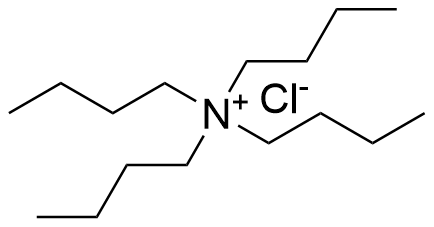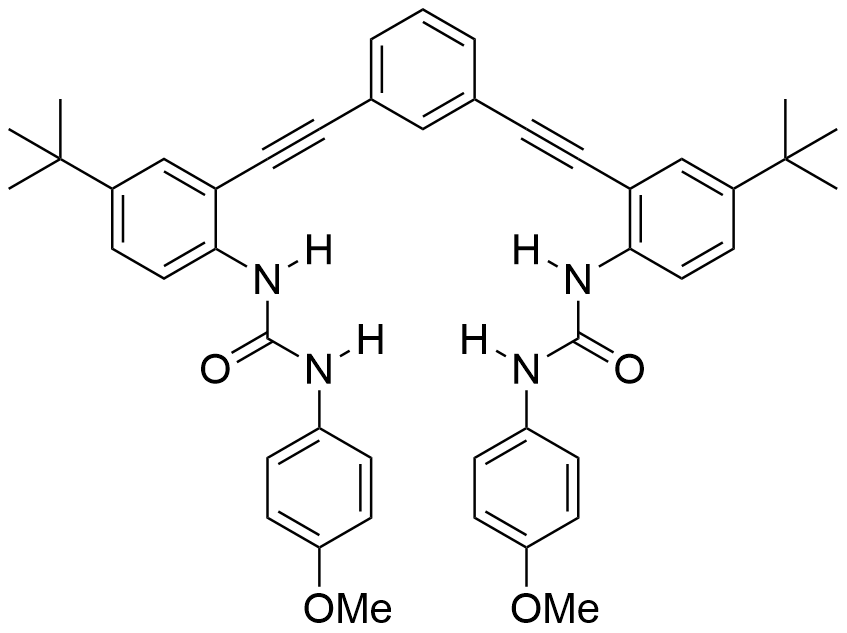Binding Properties
| 𝜈 | Molecule 1 : 1 Host | ||
| Ka = | 6700.0 | ± 600.0 | M-1 |
| Kd = | |||
| logKa = | |||
| T | 25.0 °C | ||
| Energy | kJ mol-1 | kcal mol-1 | |||
|---|---|---|---|---|---|
| ΔG | = | -21.84 | ± 0.22 | -5.22 | ± 0.05 |
These are the specifications of the determination of the experimental results.
| Detection Method: | Direct | ||
| Assay Type: | Direct Binding Assay | ||
| Technique: | Absorbance | ||
Detailed information about the solvation.
| Solvent System | Complex Mixture | |
| Solvents | chloroform | 99.85 % |
| water | 0.15 % | |
Please find here information about the dataset this interaction is part of.
| Citation: |
B. W. Tresca, L. N. Zakharov, M. M. Haley, D. W. Johnson, C. N. Carroll, SupraBank 2025, Aryl C–H⋯Cl− hydrogen bonding in a fluorescent anion sensor (dataset). https://doi.org/10.34804/supra.20220628434 |
| Link: | https://doi.org/10.34804/supra.20220628434 |
| Export: | BibTex | RIS | EndNote |
Please find here information about the scholarly article describing the results derived from that data.
| Citation: |
B. W. Tresca, L. N. Zakharov, C. N. Carroll, D. W. Johnson, M. M. Haley, Chem. Commun. 2013, 49, 7240. |
| Link: | https://doi.org/10.1039/c3cc44574g |
| Export: | BibTex | RIS | EndNote | |
Binding Isotherm Simulations
The plot depicts the binding isotherm simulation of a 1:1 interaction of TBACl (0.0029850746268656717 M) and bisurea-receptor (0 — 0.005970149253731343 M).
Please sign in: customize the simulation by signing in to the SupraBank.




